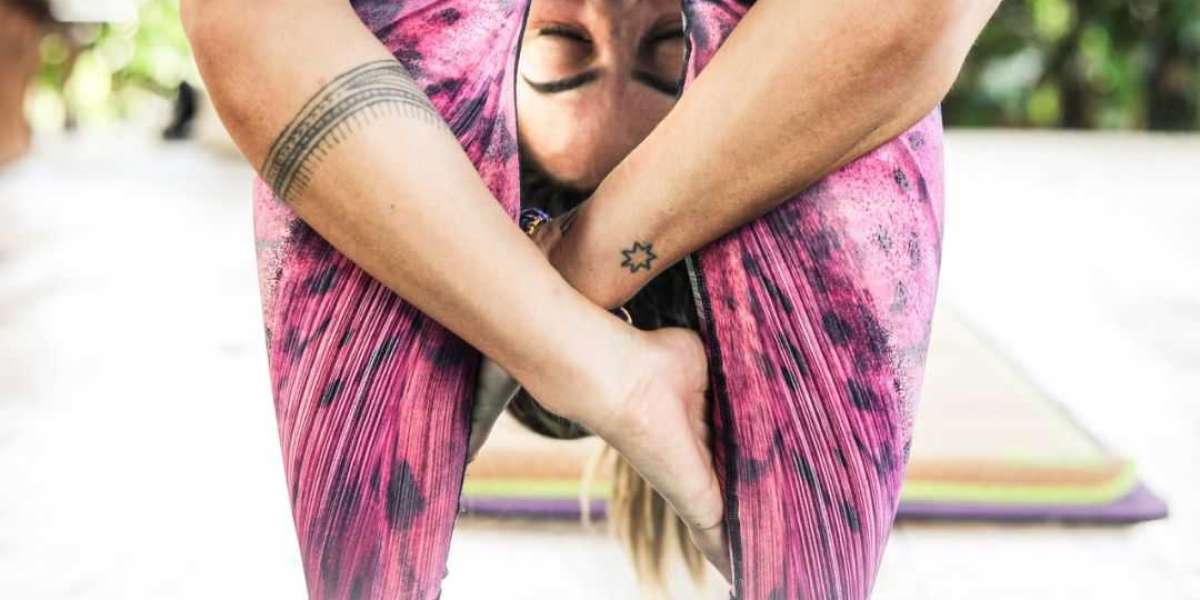When sequencing a yoga practice, either for yourself or for a class if you are a yoga teacher, it is important to take into consideration the different classifications of yoga postures. Some different classifications of yoga postures are spinal twists, backbends, laterals, and inversions. While backbends, spinal twists, and laterals are categorized by different planes of movement for the spine, an inversion refers to a posture in which the head is positioned below the heart. Inversions are grounding, calming, stabilizing, and deeply nourishing for a variety of bodily systems. Some of the most common inversions you will learn on a 200 hour yoga teacher training in Bali are downward facing dog, standing forward fold, headstand, and shoulder stand.
Inversions are known for their ability to increase circulation and blood flow to the brain. When we stand in our usual upright posture, gravity pools blood towards our lower extremities, which can lead to stagnation and a lack of oxygen to the brain. By “inverting”, we reverse the flow of blood and send fresh oxygenated blood and energy to the brain. This shift has the potential to improve cognitive function, memory, and focus. Because of this increase in blood flow to the head and face, inversions are also known for their anti-aging properties – there is even an inversion known as the “fountain of youth!” Physically, inversions tend to reduce tension in the neck and shoulders and in turn can alleviate head, neck, and shoulder pain as well as headaches.
Inversions are beneficial for supporting the cardiovascular system. By reversing the usual flow of blood in the body, the circulatory system is stimulated, improving the health of the heart and blood vessels. Practicing inversions regularly can reduce blood pressure and improve general circulation. If you tend to experience cold hands and feet frequently, practicing inversions regularly can help increase circulation to the extremities and assist in a consistent body temperature. When learning to sequence a yoga class on a vinyasa yoga teacher training in Bali, you will understand when and how to sequence your yoga classes using inversions. If you are teaching a special needs population, they are great to include for individuals who need support in their cardiovascular and circulatory health.
Mentally and emotionally, inversions help settle the nervous system. When we are stressed or anxious, the sympathetic nervous system is activated. When the sympathetic nervous system is active, we experience an increase in heart rate, blood pressure, and breath. Inner Yoga Training in Bali will teach you about the energetic and health benefits of inversions including how they activate the parasympathetic nervous and counter the effects of stress and anxiety. This can improve sleep, soothe anxiety, and contribute to an overall sense of ease and internal peace. In a world where stress and anxiety are widespread, incorporating inversions into our regular yoga practice can help us come back to an internal sense of equilibrium.
Lastly, inversions can be a fun and playful way to explore our edges. Approaching inversions with a sense of curiosity and playfulness can help us tap into our inner child and rediscover a sense of exploration and play. Whether it be a more dynamic inversion such as a headstand or handstand, or a more passive yin yoga style inversion such as a standing forward fold, wide knee child’s pose or melting heart.
All inversions can be approached with a sense of lightness and play. If you find headstands or handstands a little scary then a 200 hour yoga teacher training in Bali is a great place to learn the right technique and approach. You may even find that you are more capable than you may have initially thought and once they become a part of your regular practice, you’ll enjoy them even more understanding the health benefits you are gaining.








